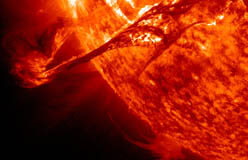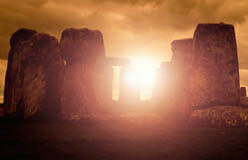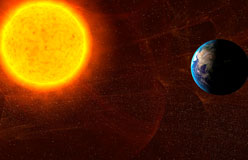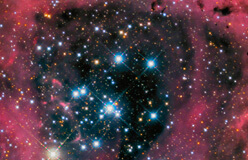For centuries, most people assumed that the Sun traveled around Earth. It seemed like an obvious fact, proven by every sunrise and sunset.
Then, in 1543, the Polish astronomer Nicolaus Copernicus declared that the Earth actually revolves around the Sun! As Earth turns, it spins on its axis, creating the illusion that the Sun rises in the east and falls in the west.
This shocking idea took a while to catch on. Once it did, though, scientists could finally explain why things like seasons and eclipses occurred.








